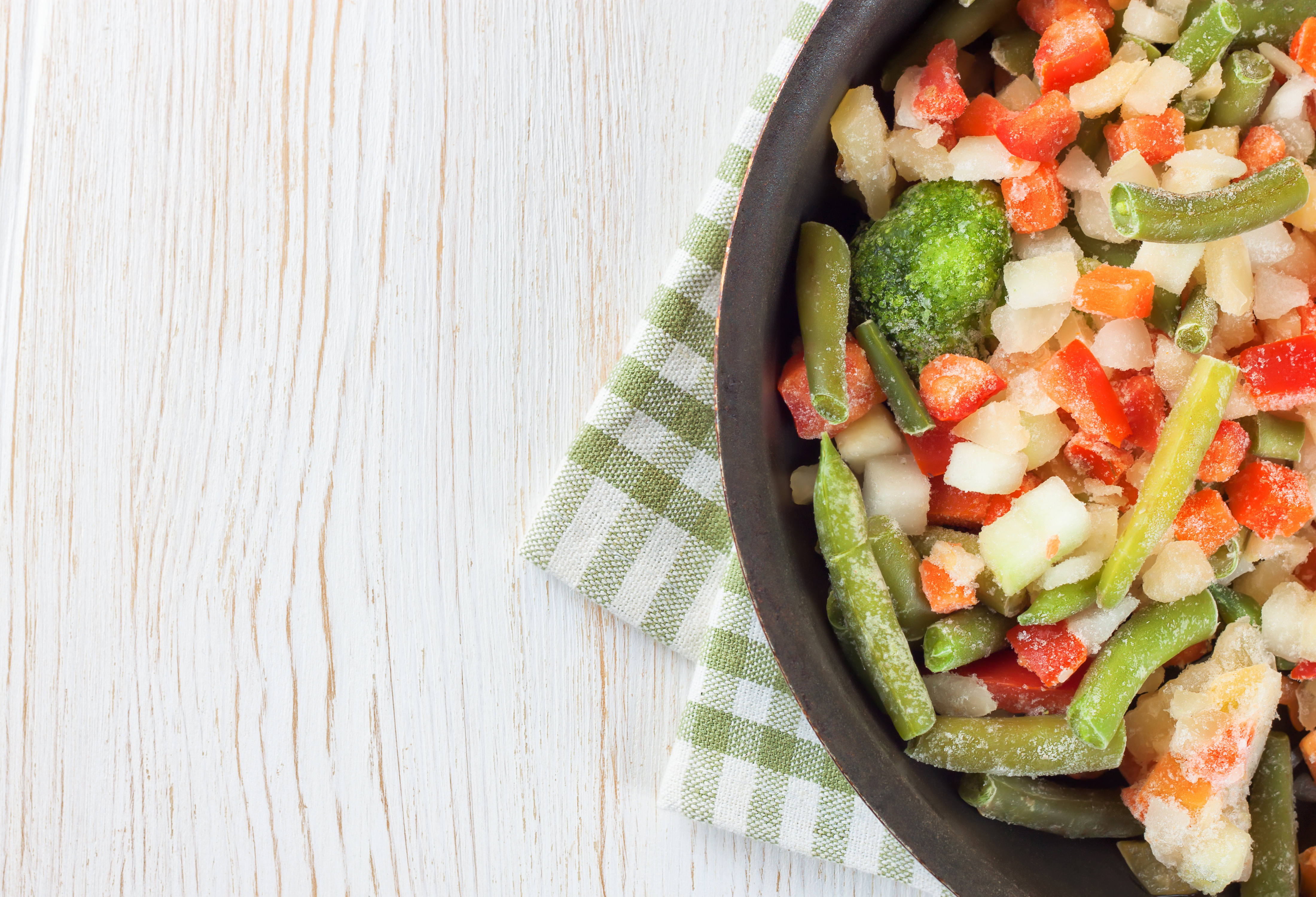Today’s Demand for Convenience and What to Do about It

Convenience is kind of a big deal. But given how fast-paced your life probably is right now, it’s more than likely you already knew that.
Numerous trends in the food and beverage industry support this notion about convenience. Take dollar stores, for example. Over a third of consumers report shopping at dollar stores more frequently than a year ago. Why is this trend relevant to convenience? Dollar stores can be seen as convenient places to find all those “fill-in” items on the shopping list.
Moreover, that grab-and-go eating pattern we call snacking is on the rise. 94 percent of Americans now snack at least once a day, and millennials snack four or more times a day. In fact, snacking comprises half of all occasions for eating.
Frozen is getting hot, too. Sales of frozen meals and appetizers are now experiencing higher sales growth than they have in the last five years, and 43 percent of millennials reported purchasing more frozen items in 2017 than the prior year. Convenience is a major motivator for purchasing frozen foods, according to Lizzy Freier who is managing editor of menu analysis at Technomic. Think about it: frozen meals allow busy bees like you to pack a handy lunch or quickly throw together a family dinner.
Online grocery retail, another trend pointing to the importance of convenience, is predicted to grow in the US, and a number of changes will increase and improve food delivery services. Concepts like shared kitchens and combined orders will allow food deliveries to happen more efficiently; personalization, like prompting a user to eat a protein-rich meal after a workout, will improve the online food experience; and restaurants will iterate new offerings more rapidly and offer targeted promotions due to the high volume of data coming from online business.
Convenience is clearly a consumer need with lots of trends to support it. So how does a food or beverage brand “ride the wave” of convenience (i.e., position their product as relevant to this demand in order to profit)?
1. Sizing
Design the portion of your item so it reasonably fits within the expected framework of convenient, on-the-go snack size.
2. Packaging
Some packaging formats are inherently more convenient than others. Research which convenience features, like reclosability and portability, best suit your product.
3. Messaging
Speak more about the ways your product offers convenience in order to alter the frame of mind consumers carry when approaching your product and reel in more busy shoppers.
Trends like increased snacking and food delivery validate the notion that convenience is a huge need right now. Consider positioning your product as convenient through portion-sizing, packaging, and messaging in order to meet and ultimately profit from this demand.
